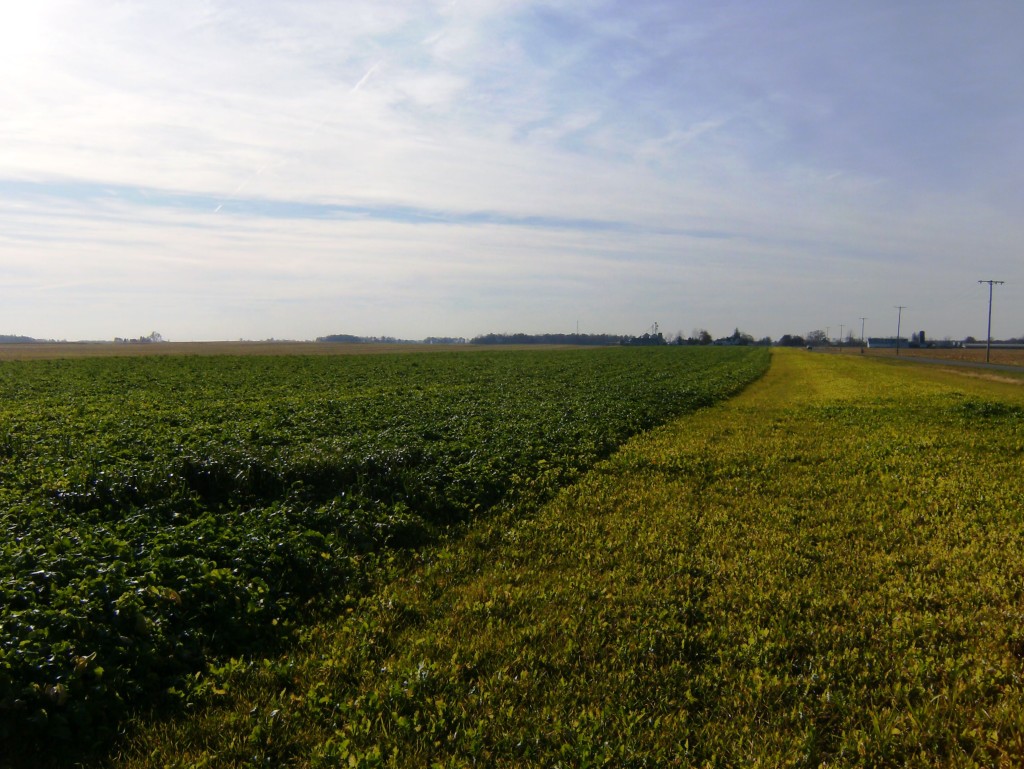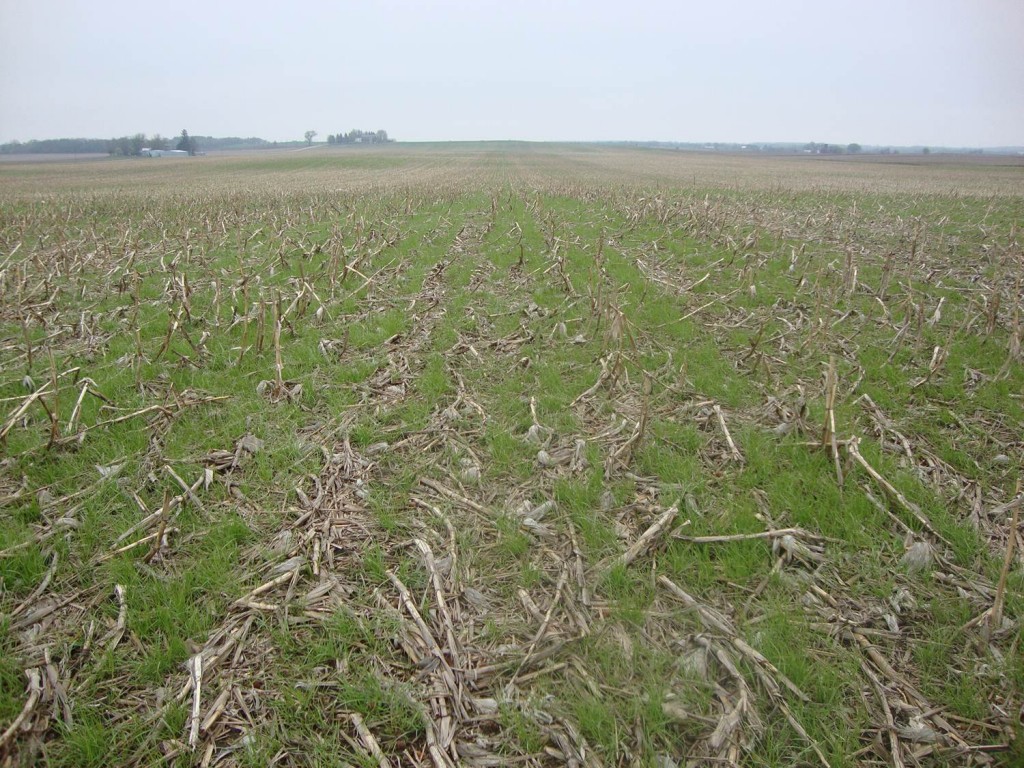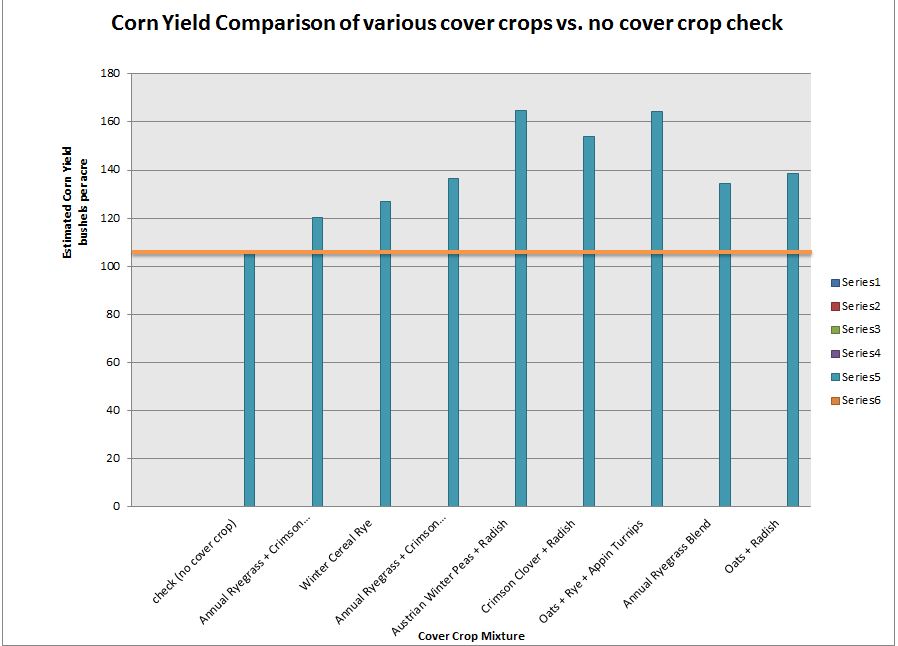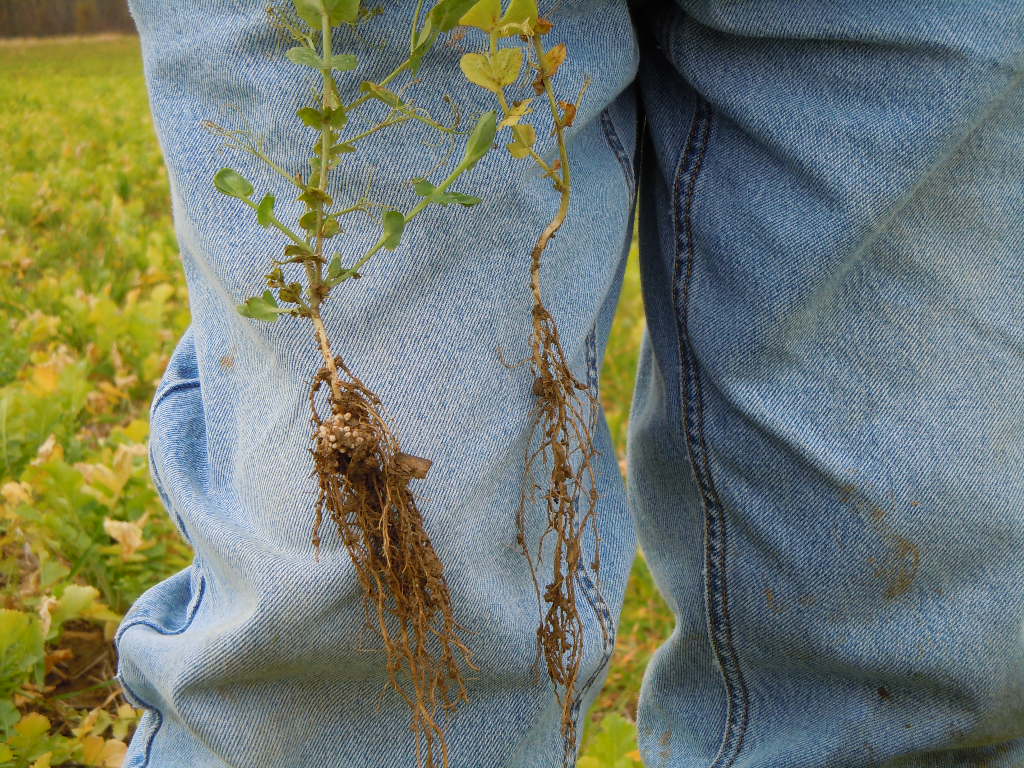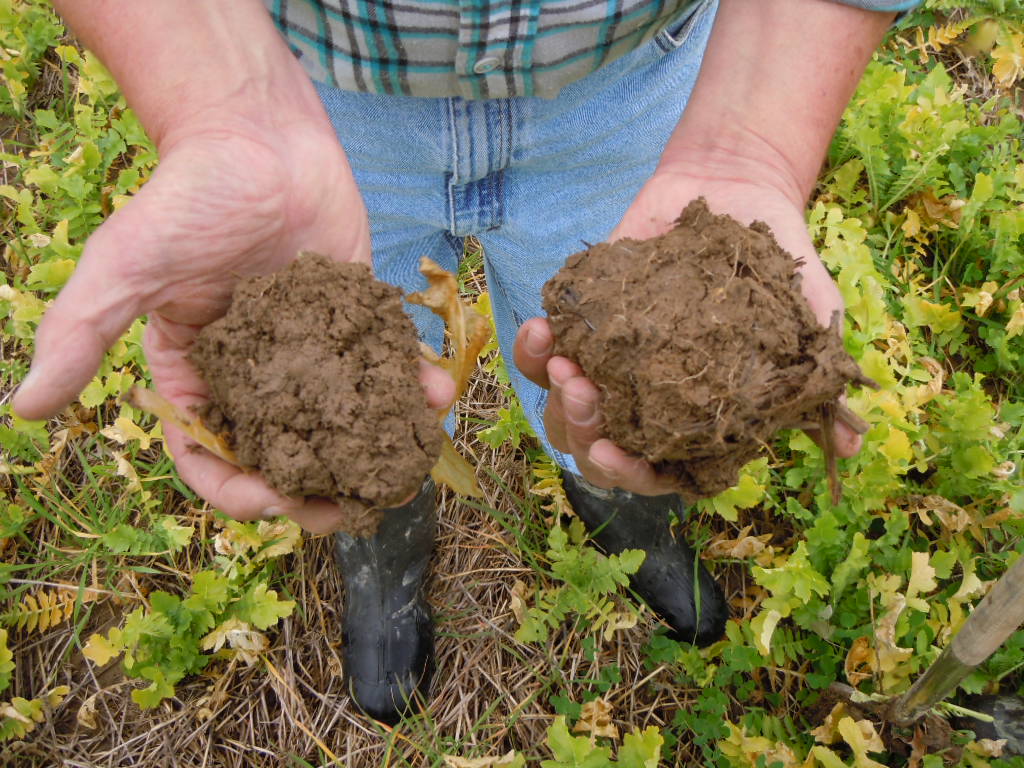Prevented Planting Row Crop Acres – Which Cover Crops Can Help?
The following was originally posted on May 27, 2011 when the Eastern Corn Belt was suffering with severe flooding and wet conditions. In 2013 the Upper Midwest – especially Iowa, Minnesota, and Wisconsin – is flooded and wet. Many farmers are considering taking the crop insurance for prevented planting. Even if it would stop raining […]
Prevented Planting Row Crop Acres – Which Cover Crops Can Help? Read More »

